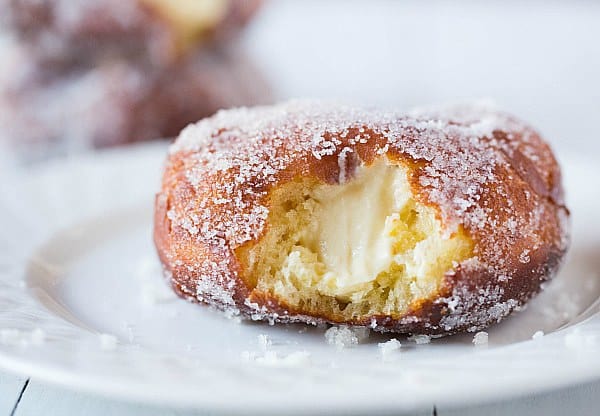
The Science Behind the Perfect Donut: Understanding the Art of Doughnut Making
Doughnuts are a beloved sweet treat that has existed for centuries. Whether you prefer the classic glazed or indulge in unique flavors, there is no denying the appeal of a well-made donut. But have you ever wondered about the science behind creating the perfect donut? From the dough to the frying process, every step involves a careful balance of ingredients and techniques that contribute to the final product. In this article, we will delve into the science behind the art of donut making.
First and foremost, let’s talk about the dough. The base of a donut lies in its dough, which is responsible for its texture, taste, and appearance. The three main ingredients involved are flour, yeast, and water. Flour provides structure and gluten, a protein that creates elasticity and helps the dough rise. Yeast acts as a leavening agent, converting sugar into carbon dioxide, causing the dough to puff up. Water binds the ingredients together, facilitating the formation of gluten.
The proportion of these ingredients is crucial. Too much flour can result in a dense and dry donut, while too little can yield a greasy and fragile one. The yeast also needs to be activated correctly to ensure the right rise. The dough must be kneaded to develop gluten fully, which gives the donut its characteristic softness and chewiness.
Once the dough is prepared, it enters the fermentation process. Fermentation not only enhances the flavor of the donut but also contributes to its texture. During this process, the yeast breaks down sugars and releases flavorsome compounds. Moreover, carbon dioxide production creates air pockets within the dough, making it light and fluffy.
After fermentation, the dough is ready for shaping. Here again, precision is vital. The shaping technique determines the appearance and texture of the donut. Traditional ring-shaped donuts require careful rolling, cutting, and shaping, ensuring that they maintain their shape during frying. Other creative shapes involve additional steps, such as pinching and twisting the dough.
Now comes the crucial step – frying. Achieving the perfect donut involves getting the frying process just right. The donut must be submerged in hot oil at an optimal temperature. This temperature is critical as it affects both the donut’s texture and the oil’s absorption. If the oil is too hot, the outside may burn before the inside is fully cooked. On the contrary, if the oil is too cold, the donut may become excessively greasy. Consistency in frying temperature ensures a golden-brown crust and a light, moist interior.
Lastly, we can’t forget about the glaze, as it adds flavor and visual appeal. The glazing process is more than just a simple dip. The icing needs to be prepared precisely to achieve the right consistency and flavor balance. The possibilities for glazes are endless, ranging from classic vanilla and chocolate to more adventurous flavors like matcha or salted caramel.
In conclusion, donut making is a true science that goes beyond mixing ingredients. Achieving the perfect donut involves understanding the complex interactions of flour, yeast, water, and heat. From the dough’s preparation and fermentation to shaping and frying, each step contributes to the final product’s taste, texture, and appearance. So, the next time you indulge in a delicious donut, take a moment to appreciate the science behind its creation and savor every bite of that perfectly balanced treat.
